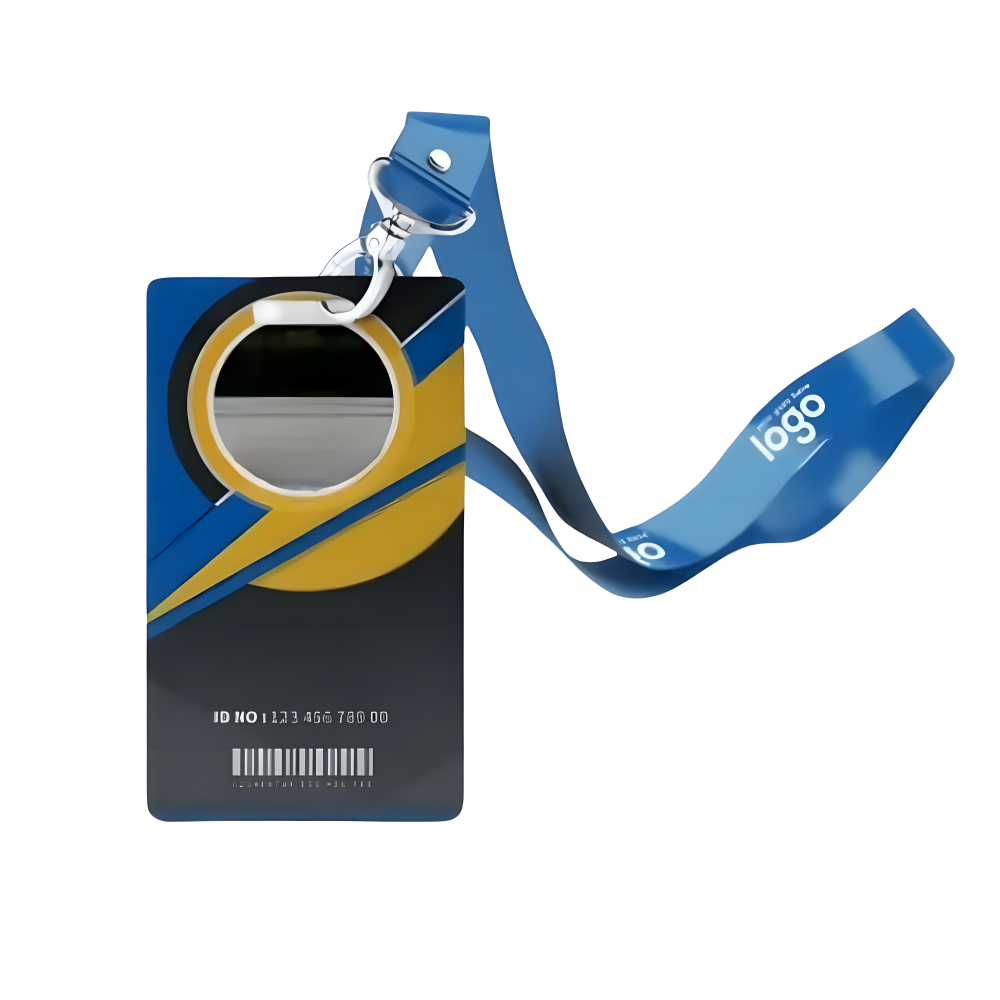Plastic Photo ID RFID Badges
RFID smart cards operate in the low frequency (LF), high frequency (HF), and ultra-high frequency (UHF) radio bands, have latest printing techniques to meet customers’ expectations of quality, flexibility, and durability.
Categories Contactless Smart Card, Smart Card
Product
Plastic photo ID RFID badges are a type of RFID badge that is made of plastic and has a photo of the wearer printed on it. They are typically used for identification purposes, such as in access control and timekeeping systems. RFID smart cards operate in the low frequency (LF), high frequency (HF), and ultra-high frequency (UHF) radio bands. The frequency band that is used depends on the application. UHF RFID tags: UHF RFID tags have a long read range, making them ideal for large events where staff may be spread out over a large area. However, they can be more expensive than other types of RFID tags. LF RFID tags: LF RFID tags are less expensive than UHF RFID tags, but they have a shorter read range. This makes them less suitable for large events, but they may be a good option for smaller events or events where staff will be concentrated in a smaller area. NFC tags: NFC tags are the newest type of RFID tag and are becoming increasingly popular. They are less expensive than UHF RFID tags and have a read range that is comparable to LF RFID tags. However, they are not as widely supported as UHF RFID tags. Printing:
-
Clear and durable images and text: The latest printing techniques use high-quality inks and materials to ensure that the images and text on the cards are clear and durable.
-
Flexible materials: The latest printing techniques use flexible materials that can withstand the wear and tear of being used in everyday applications.
-
High-speed printing: The latest printing techniques can print RFID smart cards at high speeds, which can help to reduce costs.
Available customizations are the following: Design: Customized different size by the customer different project request. Printing: Monochrome printing or 4-colors in offset, starting from a graphic layout equipped by the customer in vector format . Serial number, barcode or EPC printing. Other customizations are available on demand. EPC code encoding: Encoding of EPC code of RFID UHF transponders. Specifications
Dimensions (mm) |
100*70*0.8mm (customized) |
Material |
Paper |
Frequency |
UHF(US/FCC) UHF(EU/ETSI) |
Operating Temperature(°C) |
-40 to 80 |
Storage Temperature(°C) |
-40 to 80 |
IP Rating |
IP65 |
Applicable Surface |
Non-metal |
RFID Chip |
NXP, Impinj, Alien |
RF Interface Protocol |
EPC Class1 Gen2 ISO/ISO18000-6C |
Color |
White/ Customized |
Reading Distance |
0-5 meters |
Application |
Access control Timekeeping Asset tracking Student identification Visitor management |
For additional details or to request a quote, please contact us. Join us at MAKA RFID and redefine your RFID experience.

